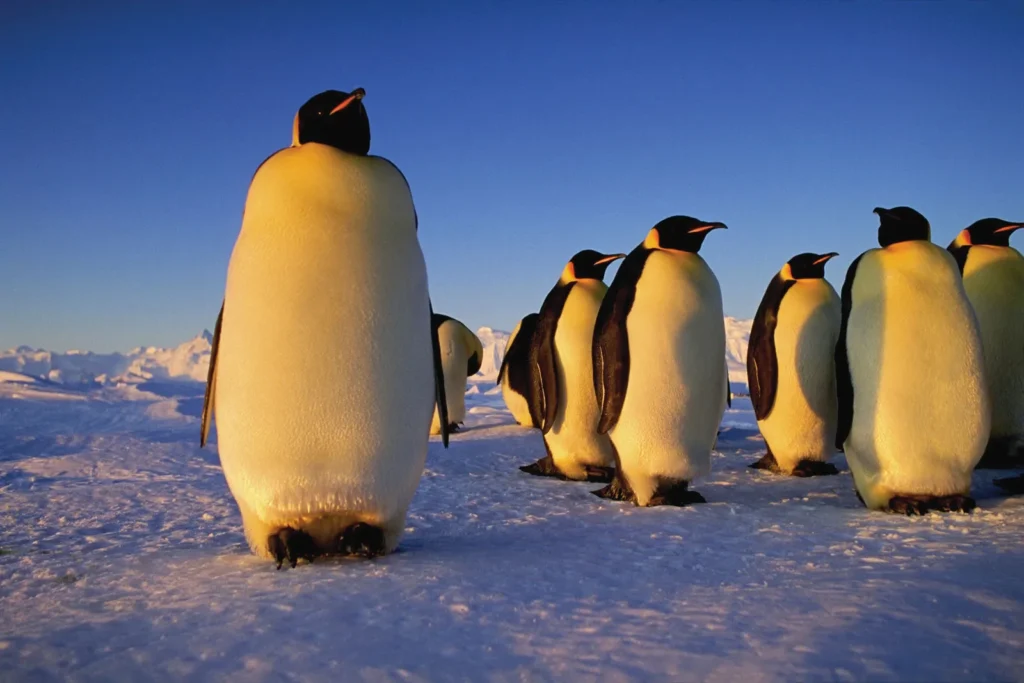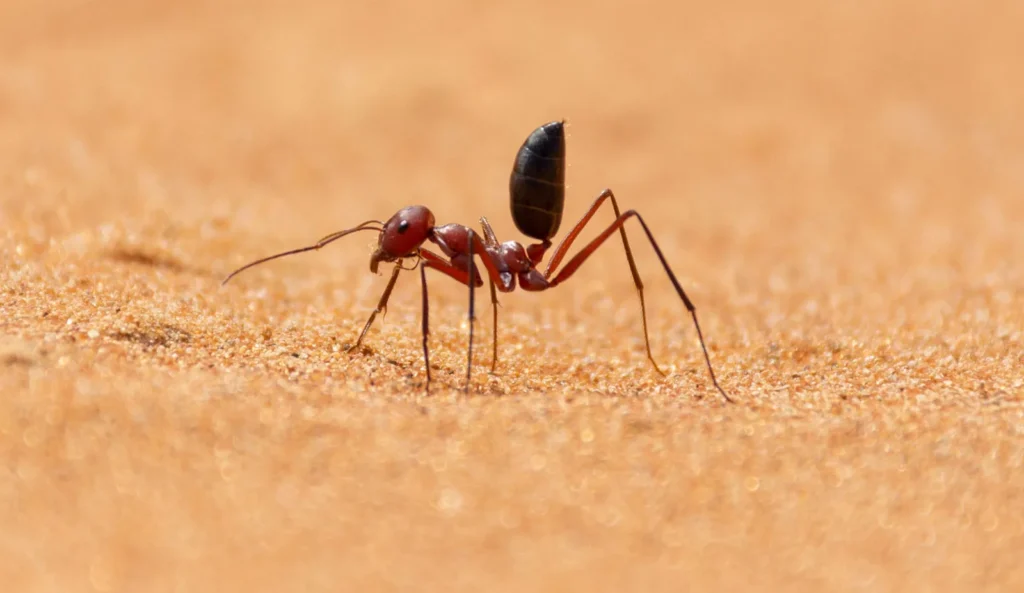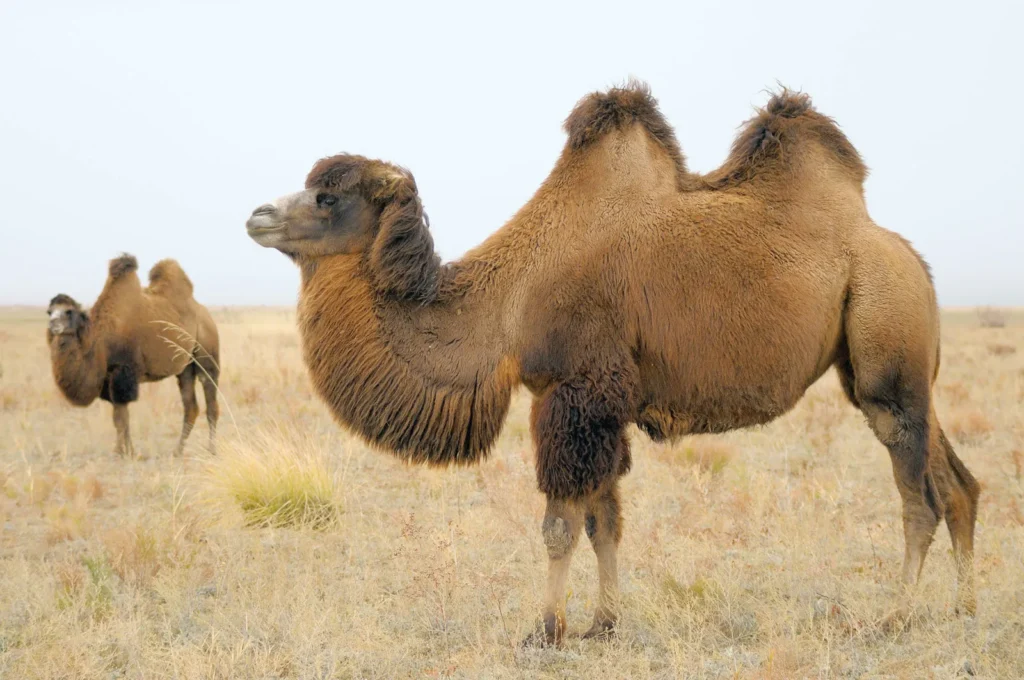Planet Earth is known for its atmospheric diversity, ranging from temperate zones to numbing cold and boiling zones. Every creature here is almost adapted to the climatic conditions of the place where it is living.
But some areas are hazardous and humans cannot even imagine living there. But some animals live in these proteome standards and their physical functions also work according to the extreme limits to protect themselves in those adverse conditions. In Biology, animals that can survive extreme conditions are known as extremophiles. So, let’s meet some animals that can survive extreme weather conditions and one of them can also survive in space.
Tardigrade
Tardigrades are microscopic animals also known as water bears and moss piglets. They are found everywhere on this planet, from the hottest climates to the coldest climates and the depths of the ocean. They can survive extreme weather conditions.

Facts
- Till now 1300 species of tardigrades have been found. The normal size of this animal is about 0.5 mm and the maximum is up to 2 mm.
- This animal has a thick, flat segmented body with eight legs and each foot has four to eight claws.
- This animal is one of the oldest species in the world, with some scientists believing that it may have outlived the human race.
- This animal can survive in any extreme conditions from numbing cold (-272oC) to boiling water (150oC), they can even survive in outer space.
- In extreme conditions, tardigrades go into a tun state where they become ball-shaped by becoming dehydrated, retracting organs, and slowing metabolism. They can survive in this state for years or decades.
- Tardigrades are the first animal species to survive direct exposure to space. This species was sent into space as part of the FOTON M3 mission 2007, an ESA mission where the species was directly exposed to the vacuum and radiation of space.
- Later this animal was sent to the International Space Station on a SpaceX mission and survived there too.
- Tardigrades are resistant to radiation, 1000 times more than humans.
Emperor Penguin
The emperor penguin is the largest of the penguin species and is native to Antarctica. They are monogamous and family-oriented and known to live in harsh climates. This is one of the animals that can survive extreme weather conditions.

Facts
- The emperor penguin is the largest of the 18 penguin species, reaching 1.3 meters in height and weighing 45 kilograms.
- They can tolerate harsh winters with maximum temperatures reaching -60°C and wind speeds of 200 km/h.
- The incubation period of the penguins’ eggs occurs in the harsh Antarctica winter and is the duty of the male penguins. Female penguins lay eggs and male penguins incubate these eggs by balancing them on their legs for 65 to 75 days.
- During the incubation period, male penguins rely entirely on their stored body fat and two layers of feathers. They also have a brood pouch near their legs to keep the eggs warm.
- Emperor penguins reduce physical activity and bodily functions to reserve energy and these penguins huddle together to keep themselves warm.
Sahara Desert Ant
Sahara Desert ants are native to the Sahara Desert and other neighboring environments. This ant also known as a silver ant is equipped with many physical characteristics to survive in this harsh climate.

Facts
- This animal can survive extreme weather conditions in the Shahra desert with a maximum temperature of 70 degrees.
- This ant has special triangular-shaped hairs on its body which reflect 90% of the sunlight. This process helps this organism to keep the body cool.
- These body hairs can reflect visible and infrared light. One more thing, this reflection gives them a silvery look.
- The Saharan ant is known as the fastest ant species with a speed of 1.9 mph. At this speed, they can quickly forage for their food without wasting much time in the scorching heat.
- This ant has a superior sense of navigation as it uses its visual-spatial memory and patterns of skylight to move around in the Sahara desert.
- This ant has long legs that lift its body above the hot sand and its body also produces heat shock proteins. All these factors help this ant to survive in the harsh hot climate.
Pompeii Worm
Pompeii worms are known to tolerate extremely hot weather and this animal is native to the Pacific Ocean. They are mostly found in hydrothermal vents where superheated water and minerals are available.

Facts
- The Pompeii worm can tolerate extremely hot temperatures ranging from 80°C, sometimes up to 105°C.
- To adapt to these extreme weather conditions, this animal forms a symbiotic relationship with bacteria that acts as wool for the Pompeii worm in harsh conditions.
- This bacteria relationship also helps in breaking down minerals for the Pompeii worm.
- To achieve adaptability to extremely hot conditions, this worm produces heat-resistant proteins including the glycoprotein matrix (helps maintain its structure integrity and function at high temperatures) and heat shock proteins (helps protect cells).
- To maintain body temperature, the Pompeii worm dissipates its internal body heat and moves between mineral-rich warm water and oxygen-rich cold water.
Bactrian Camel
The Bactrian Camel is known as the most adaptable animal that can survive even in extreme weather. This animal is also called a two-humped camel or Mongolian camel and is native to the Gobi Desert and the deserts of Central Asia.

Facts
- This animal can survive extreme weather conditions from numbing cold to hot weather temperatures ranging from below -20°C to above 40°C.
- This camel has a thick skin covered with a fur coat which helps in extreme cold weather, although in summer this fur coat is shed to keep their body cool.
- This species of camel has two humps that store fat which can be used as energy when needed. This stored fat helps them survive during food and water shortages.
- Bactrian camels do not sweat, due to which fluids are reserved in their body. Additionally, they have specialized blood cells that store fluids that keep their bodies from becoming dehydrated.
